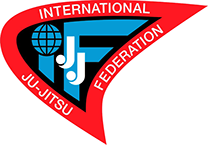Ne-Waza Competition (Grappling)
Ne-Waza (ground technique) Competition is a combination of Kosen Judo and Brazilian Jiu-Jitsu. In 2010, it was established as a new category within the Ju-Jitsu International Federation (JJIF) program. In 2013, the World Games added Ne-Waza Competion under two weight categories (men – 85 kg and women – 70 kg).
The contest utilizes grappling techniques (throws, pins, locks, and chokes). After the start of the match, the referee will only interrupt for athlete safety. Therefore, the main part of the fight takes place on the ground. The goal of the competition is to win by submission (lock or choke). During the regulation match time of 6 minutes, it is possible to gain points for throws, take downs, pins, and actions giving you an advantage in the fight (guard sweeps and guard passes). If no one has a submission by the end of regulation, then the person with the most points (or advantages in the case of a tie) wins.
The Ne-Waza Competition is extremely tactical and is sometimes described as the "chess game" of the martial arts.
| A. Take-Downs | |
|---|---|
| 1. A take-down with continuing control of 3 seconds. | (2 points) |
| 2. When an athlete achieves a takedown but the opponent does not land back-down or sideways on the ground and returns to his / her feet within 3 (three) seconds. When an athlete, in attempting a single-leg takedown, traps one of the opponent’s legs and causes the opponent to exit the match area to avoid being taken down. |
(Advantage) |
| B. Controlling Techniques (Pins) - 3 Seconds | |
| 1. Knee-on-Belly (Uki-Gatame) | |
| 1. When the athlete on top position places a knee on belly, chest, or ribs of the opponent, who is lying on the back or the side, and the other leg is extended with the foot on the ground. |
(2 points) |
| 2. If one knee is placed on the belly but the second stays on the ground. | (Advantage) |
| 2. Front Mount (Tate Shiho Gatame) | |
| 1. When the athlete is on top, clear of the half-guard, sitting on the opponent’s torso and with two knees or one foot and one knee on the ground, facing the opponent’s head and with up to one arm trapped under his / her leg. |
(4 points) |
| 2. With both the opponent’s arms trapped under his / her legs. | (Advantage) |
| 3. Back Mount (Ushiro Tate Shiho Gatame) | |
| 1. When the athlete takes control of the opponent’s back, placing his / her heels inside the legs of the opponent in a position to trap up to one of the opponent’s arms without trapping the arm above the shoulder line. |
(4 points) |
| 2. When an athlete mounts his / her opponent’s back and places his / her heels between the opponent’s thighs but traps both the opponent’s arms. When an athlete mounts his / her opponent’s back but crosses his / her legs, fastens a figure-four around the waist, or only places one heel between the opponent’s thighs. |
(Advantage) |
| Note: If a controlling technique is announced but can’t be held long enough to score points, it will be rewarded with an advantage. | |
| C. Passing The Guard | |
| 1. To pass the guard of the opponent and continue with a control technique for 3 seconds. |
(3 points) |
| 2. To pass the guard of the opponent with no following control technique or reach the half guard with good control. | (Advantage) |
| D. Guard Sweep | |
| 1. Any turn from the guard position followed by 3 second control. | (2 points) |
| 2. To change the position from guard to the back of the opponent (on top) with 3 seconds of control. |
(2 points) |
| Note: The level of points has to increase. If a competitor already got points for a front or back mount, he / she has to go to a neutral position – like (half) guard - before he / she can score points for a knee on stomach again. To change once from front mount to back mount (or vice versa) will result in both techniques scoring points. | |
| E. Locks & Chokes | |
| 1. All strangulations are allowed, except with the belt, bare hands, or fingers. | |
| 2. All locks on shoulder, elbow, and wrist are allowed. | |
| 3. Locks on legs or feet are allowed by bending, stretching, and compression. All kind of twisted locks affecting the knee are forbidden. If a contestant applies a straight leg lock and the opponent tries to escape by twisting his body and has to tap because of the pain, he will lose the match by submission. | |
| 4. A lock or strangulation that almost submitted the opponent will be rewarded with advantage. | |
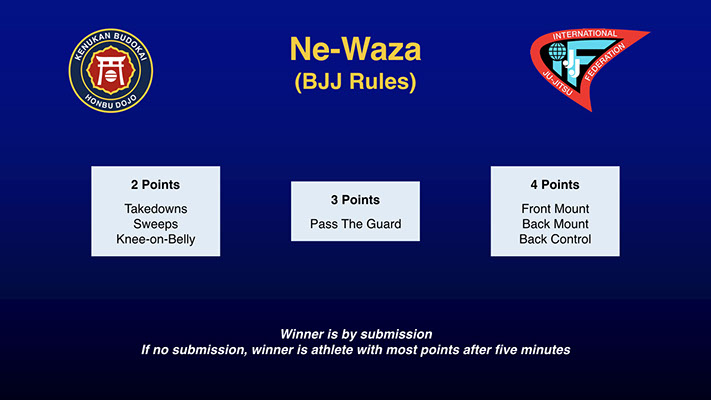
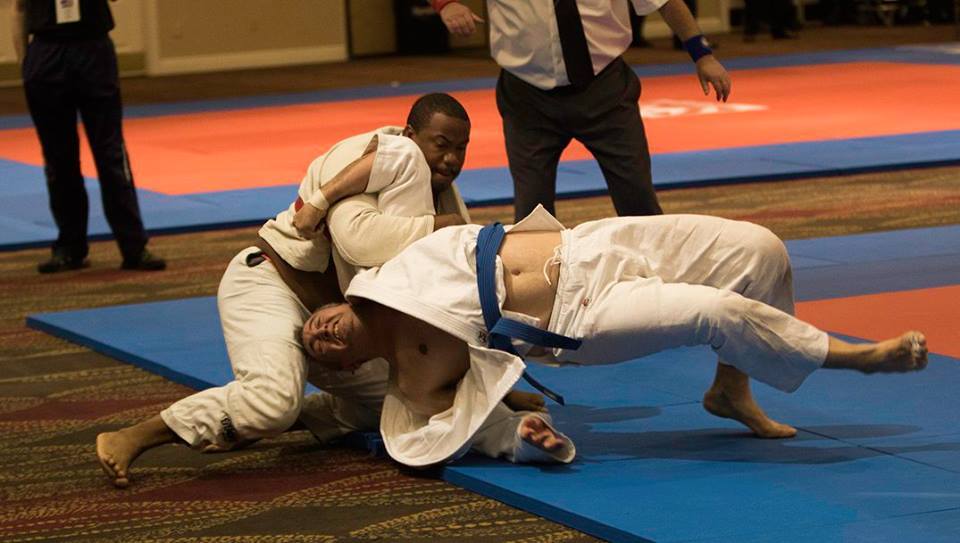
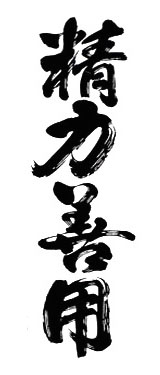
Ju-Jitsu Philosophy:
Seiryoku Zenyo
"Concentrated Effort,
Maximum Efficiency"
Member of:
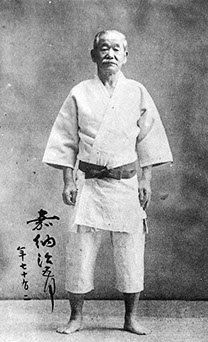
"Nothing under the sun is greater than education. By educating one person and sending him into the society of his generation, we make a contribution extending a hundred generations to come."
-- Dr. Jigoro Kano
Judo Founder
220 West Cedar St. • Olathe, KS • 66061 • Tel: 913.782.5425 • E-Mail: kenukan@aol.com
© 2022 KENUKAN ACADEMY. ALL RIGHTS RESERVED.


